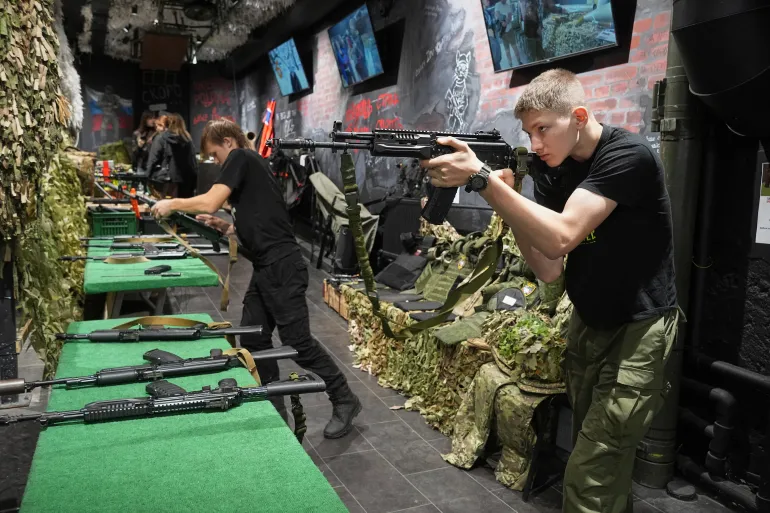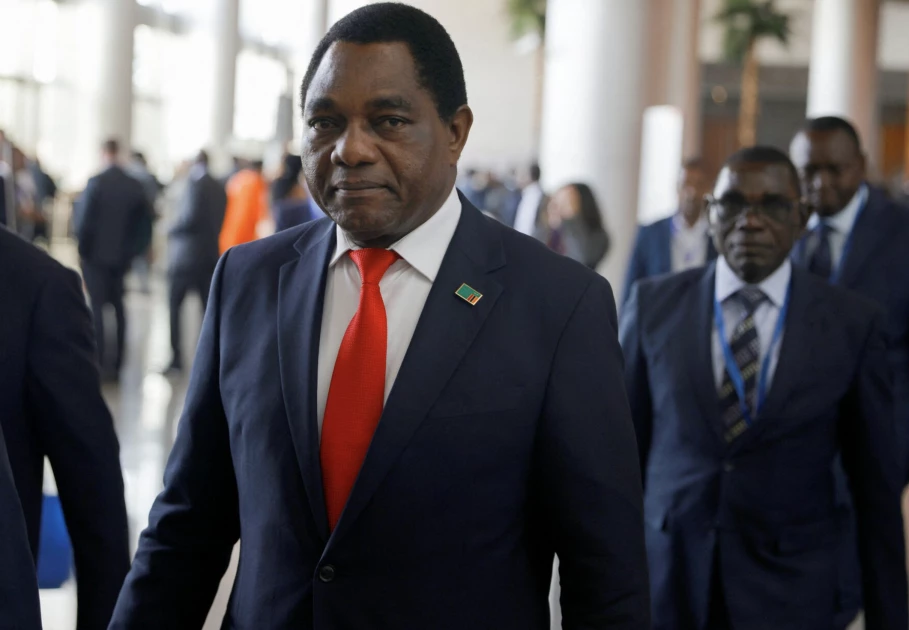The war that began in February 2022 continues to scar nations and reshape global politics. As the conflict grinds into its fourth year, the world watches closely. Could this be the beginning of the end—or the start of a new, unpredictable chapter?
In Ukraine’s embattled Donetsk region, Russian shelling claimed another life and wounded six civilians. A separate strike targeted a coal mine, killing one worker and injuring six more. At the time of the attack, 146 miners were trapped underground, and frantic rescue efforts are still underway.
Across the front, Ukrainian forces struck back in the Russian-occupied Kherson region, killing one and injuring three. Meanwhile, the war map keeps shifting: Zaporizke and Novoheorhiivka in the Dnipropetrovsk region have fallen under Russian control, and Moscow’s troops are pushing near Shevchenko, Bila Hora, and Oleksandr-Shultyno.
Russia boasted of shooting down 191 Ukrainian drones, six guided bombs, and even a long-range missile in a single day—a stark reminder of how technology now defines modern warfare.
Despite martial law, Ukraine has lifted border restrictions for men aged 18–22, a move raising questions: Is Kyiv signaling confidence in its manpower—or bracing for something bigger? Meanwhile, prosecutors revealed over 200,000 cases of AWOL soldiers, including 50,000 desertions, underscoring the human strain of this grinding war.
Far from the front lines, negotiations take center stage. US President Donald Trump, now two years into his second term, declared he would impose “crippling economic sanctions” if Vladimir Putin refuses a peace deal:
“We want an end. We have economic sanctions. I’m talking economic because we’re not going to get into a world war,” Trump said.
On the other side, President Volodymyr Zelenskyy pushes for ironclad security guarantees before any settlement:
“We must intensify our work to the maximum and ensure clarity and transparency in everything related to security guarantees.”
Western nations are quietly drafting plans for a European-led air defense shield and expanded US intelligence support in a post-war Ukraine. Meanwhile, Doha hosted a critical meeting: Zelenskyy’s top aides met Qatari Prime Minister Sheikh Mohammed bin Abdulrahman Al Thani to discuss both peace terms and economic aid.
But behind the curtains of diplomacy lurk corporate interests. According to the Wall Street Journal, ExxonMobil and Russia’s Rosneft are exploring ways to revive the Sakhalin-1 oil project—if Washington and Moscow approve. The war’s end could also mean a new energy race in the Pacific.
Even among friends, fault lines appear. In Poland, President Karol Nawrocki’s veto of an aid bill for Ukrainian refugees could cost $2.2 billion in lost economic output and jeopardize thousands of jobs. It also threatens Ukraine’s crucial Starlink connectivity, a lifeline for both soldiers and civilians.
After years of death, displacement, and destruction, is peace finally within reach? Or will these negotiations unravel, plunging the world into deeper chaos? The answer depends on whether Putin, Zelenskyy, and Trump can agree—or whether history will record August 2025 as just another month of broken promises and bloodshed.
The world is no longer asking when the war will end. The question is: What price will peace demand—and who is willing to pay it?



